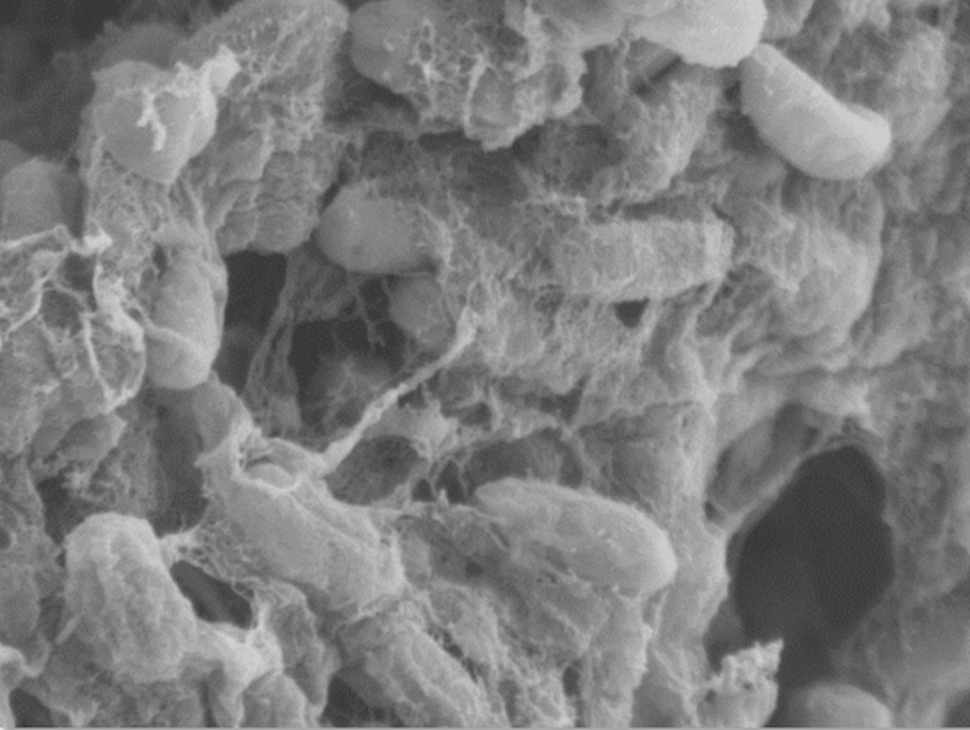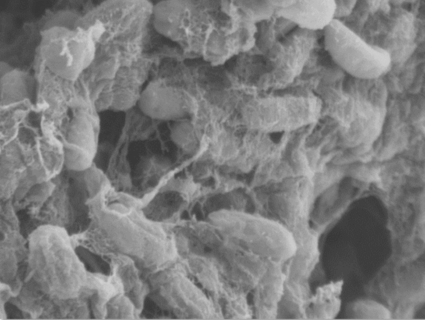Strong together: Research funding for the formation of biofilms goes to Erlangen
Bacteria use surfaces to form complex heterogeneous communities known as biofilms. Within a group, bacteria in a biofilm are extremely resistant to various environmental influences. How these biofilms form is the subject of a new international research project involving the Max-Planck-Zentrum für Physik und Medizin (MPZPM). The German Research Foundation (DFG) and the Israel Science Foundation (ISF) are supporting the collaboration with approximately €750,000 over three years.

Biofilms are ubiquitous
Bacterial biofilms are ubiquitous and play a crucial role in many areas of our lives: we brush them off our teeth, they aid digestion in the intestine, but they can also cause deadly hospital infections or major problems in industry, such as clogged oil pipelines or slowed-down cruise ships.
One of the most important characteristics of a biofilm is the so-called extracellular matrix (ECM). This is secreted by the accumulating bacteria, enveloping the community of bacterial cells and binding them together into a single unit. Despite decades of research, it is still not fully understood how such a matrix forms. The interdisciplinary team led by Prof. Dr. Vasily Zaburdaev, head of the Division “Immunophysics” at MPZPM and chair holder at the Friedrich-Alexander-Universität Erlangen-Nürnberg, Prof. Dr. Liraz Chai, Hebrew University of Jerusalem, and Dr. Thomas Pfohl, University of Freiburg, wants to change this.
Focus on mechanical, physical, and chemical mechanisms
In this project, the team will use its expertise in the fields of bio-microfluidics, bacterial ECM mechanobiology, and biochemistry in conjunction with theoretical modeling to decipher the chronology and microscopic mechanisms of bacterial ECM formation. This project aims to uncover the as yet unknown mechanical, physical, and chemical mechanisms that lead to the formation of the ECM—the most important connecting component of bacterial biofilms—and thus provide new insights into their physiology.
